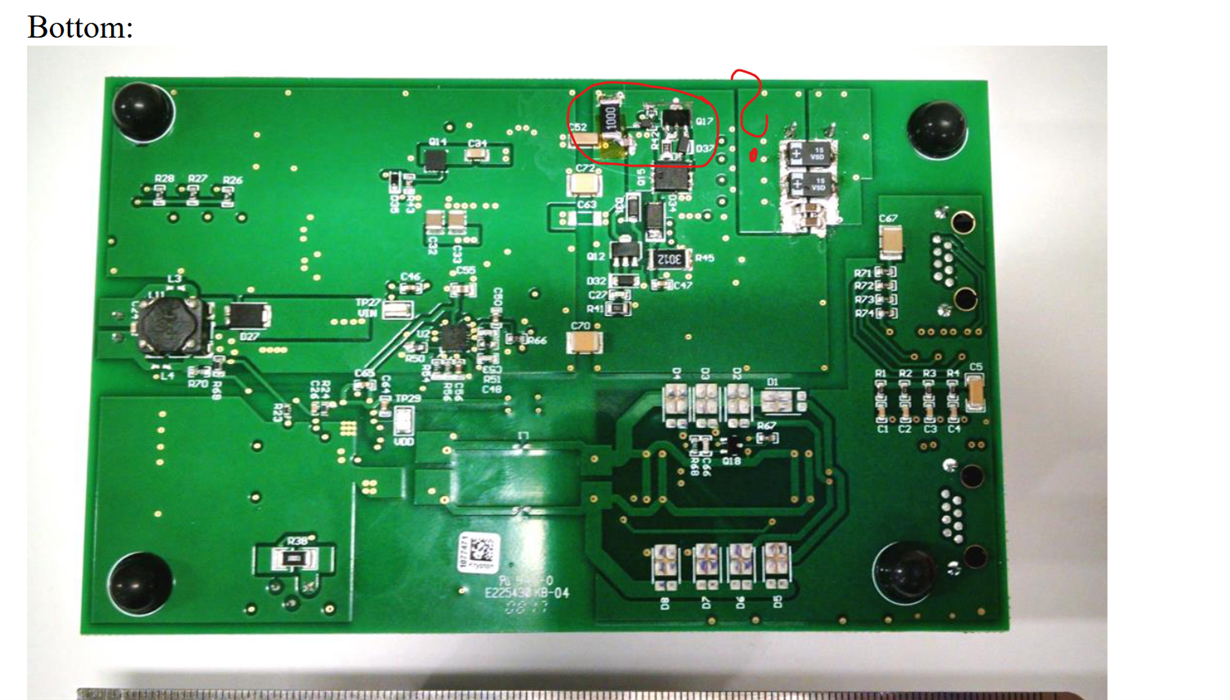Other Parts Discussed in Thread: UCC2897A, TPS2373-4EVM-758, TPS2373
Dear all,
are the test results for the PMP20878 only valid for an auxiliary supply (40-57 VDC on J3) or was the board tested with a POE supply (IEEE 802.3bt) as well?
We designed a circuit which is almost equal to the PMP20878 evaluation board (24V/3A output). If we use the auxiliary supply, the PWM controller and the active clamp-forward converter work as expected. But if we plug in the ethernet cable the circuit does not work properly. We can share the schematic and some scope pictures to explain the problems in detail.
Since the PMP20878 evaluation board is not for sale we are not able to check if the circuit really works for POE operation.
Best regards,
Valentin





